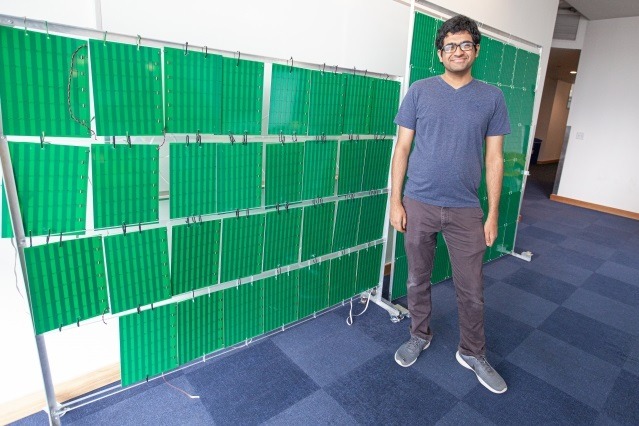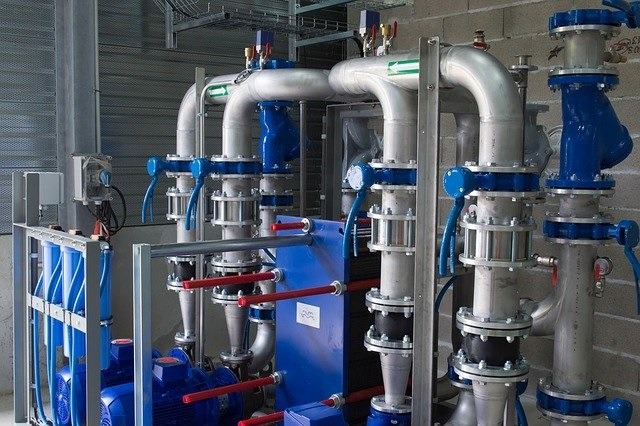
One of the biggest obstacles to getting everything online is walls and buildings. It’s all well and good to construct 5G and low-power signal antennae, but when their signals are blocked by a building, it requires a lot more work and engineering to give everyone a strong signal.
While the solution may seem to rest in making a more powerful antenna and placing them everywhere, there is an alternative. Instead of trying to bust through the walls, what if we make the walls less of an obstruction to wireless signals?
Of course, knocking down walls and rebuilding them isn’t ideal. Researchers at MIT, however, have made a solution: a “smart wall” surface that can be placed over regular walls.
How Do These “Smart Walls” Work?
These smart walls were given the name “RFocus.” They look a little like solar panels, except they can be applied to walls like wallpaper.

They’re not very attractive, so you’ll probably not want to stick them on the walls of your home. For businesses and places of work, however, they can be a great way to boost the signals of antennae.
The surfaces may have the nickname “smart walls,” but they don’t really do any thinking for themselves. All they do is dictate where incoming waves are reflected, and that’s it. Because of this, a single sheet of RFocus only costs a few cents to make.
Despite this, they still pack a punch. Tests revealed they could preserve signal strength 10 times better than regular walls. This makes RFocus easy to set up, cheap, and effective – a rare combination in the tech world!
Where Would They See Use?
The intended use of RFocus is to improve signal strength quickly and easily. The MIT article talks about a factory full of sensors, with each one needing to beam its signals back to the central server. Instead of getting additional antennae or stronger sensors to get a good signal, putting a few panels of RFocus up should help the sensors get their signal home for cheap.

Balakrishnan had this to say in a paper about RFocus:
“The core goal here was to explore whether we can use elements in the environment and arrange them to direct the signal in a way that we can actually control.”
“If you want to have wireless devices that transmit at the lowest possible power but give you a good signal, this seems to be one extremely promising way to do it.”
As such, while you’re unlikely to want to plaster RFocus panels on your walls, these should make it easier for businesses to get signals from A to B cheaply and without upgrading or installing any new gadgets.
The Walls Have Ears
Engineers can always use stronger antennae to get better signals, but another solution is to make the obstacles along the way more receptive. RFocus claims to do just that, proving a cheap, effective, and easy-to-install solution for IoT spaces.
Do you think RFocus panels are the way forward? Let us know below.







